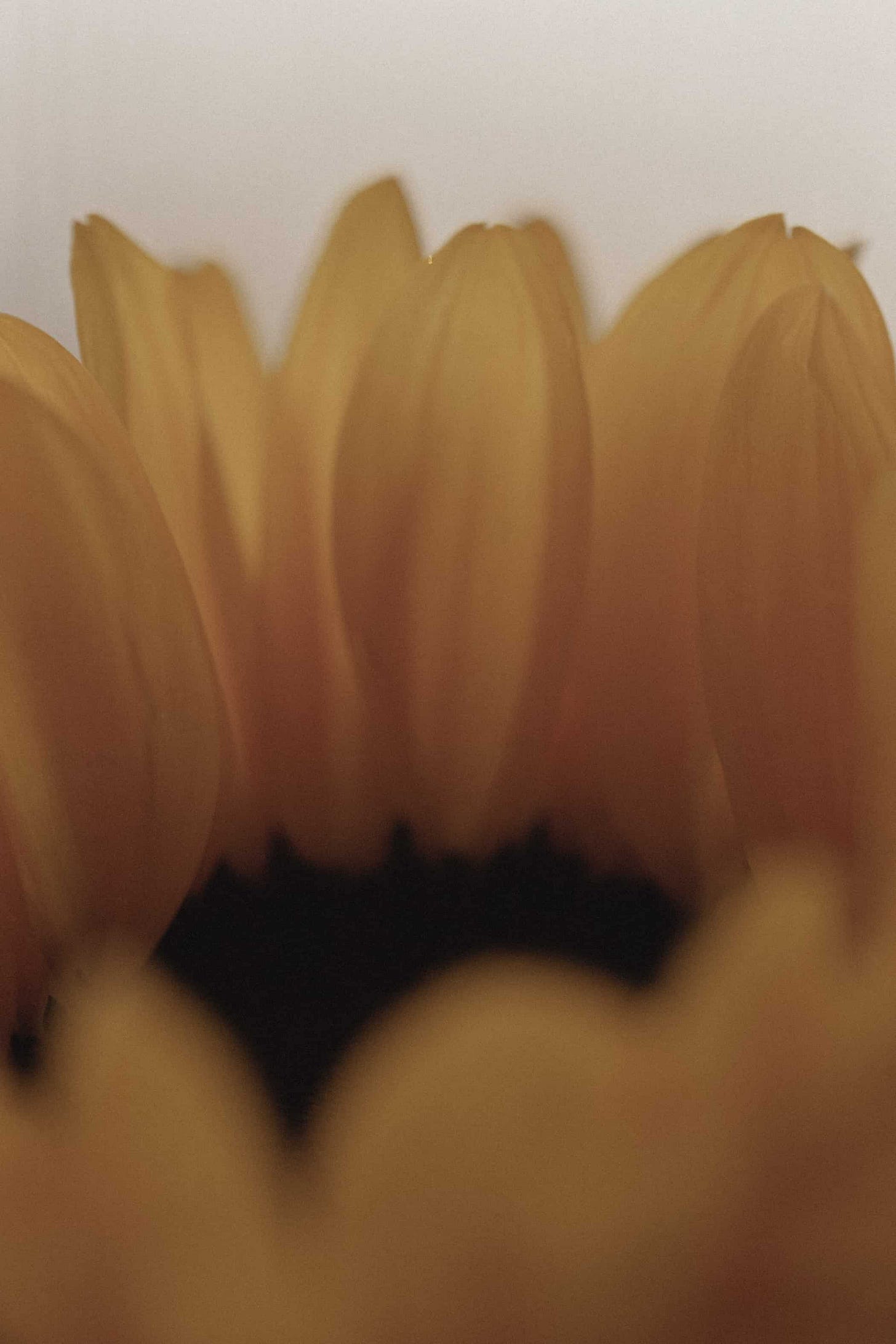Dear reader
In today’s newsletter, I share my annual thought patterns. A practice I also did in 2022, 2021, 2020, 2019 and 2018. However, this edition is different. It is an adaption of the introduction I gave at Naive Yearly.
I wish you a good start on the new year, and I’m looking forward to returning next Sunday with the usual links to the quiet, odd and poetic web — and a map of the internet.
With care
Kristoffer
Patterns
Written between Denmark and Greece, 2023. From real and imagined conversations with Ana Šantl, Uno, Laurel Schwulst, Elliott Cost, Chia Amisola, Maya Man, Benjamin Earl, Tiana Dueck, Marty Bell, Alice Yuan Zhang, Johannes Klingebiel, Matt Muir, Søren Høgh Ipland, Mads Sandholm, Benedikt J. Scheckenbach, Anne Levy, Sarah Basha, Jacob Åström, Martin Thörnkvist, Tine Fischer, Sus, Tina Ryoon, the members of the Poetic Computation Discord, everyone on Are.na, my family in Denmark and Slovenia, the participants at Naive Yearly and everyone who approach the web with love.
I’m okay with the life of the sunflower
Last spring, I saw a photo of a Ukrainian grandmother who handed Russian soldiers sunflower seeds. She asked them to put the seeds in their pockets so fields of flowers would grow from their bodies. I learned sunflowers are the Ukrainian national flower. I learned it is a mycorrhizal-friendly species. I learned it symbolises loyalty and adoration in the language of flowers. And stubbornness when they are tall.
Sunflowers started to pop up everywhere. They appeared regularly in Deborah Levy’s books. She writes that sunflowers are reminiscent of the eclipse, with their yellow petals surrounding dark centres. The eclipse, the end of times, and the beginning of an era. I imagine her sitting amid her divorce, looking at sunflowers outside the window of her rented backyard shed, dreaming of taking a swim in the Mediterranean Sea.
This mess I made I made with love
Thirty years ago, on August 6th, the first website was published. Like myself, it is a Leo: Generous, ambitious, honest, creative, loyal, dominant, fierce, possessive, protective and attention-seeking. The website is still online. It is a container with information about the World Wide Web, describing it as: “a wide-area hypermedia information retrieval initiative aiming to give universal access to a large universe of documents.” It sounds as foreign to me today as it would if I had read it as a kid 30 years ago. It is a technical idea written before the big bang of billions of sites. The web was static, document, paper. The web expanded. It became a three-dimensional space. We visited homepages. We browsed, surfed, and used Internet Explorer and Safari.
Sometimes, cause and effect are centuries apart. Through the web, we found kin, knowledge, entertainment, money and imagination. The web spread like sunflowers travelling from America to Europe. Like the myths travelling from Near Eastern to modern-day Greece to Old Norse. From Ishtar to Aphrodite to Freya. It sprawled into government policies, shopping malls and stock markets, and leaked into our bedrooms. But our imagination kept falling from a cliff of binaries: utopian, dystopian. Hard, soft. Zeros, ones. Problem, solution. Growth, degrowth. Backend, frontend. Hi, low. Smart, dumb. A fall accelerated by the gravity of technological determinism.
Sorry I forgot to tell you that I love you
Certain things are only visible at certain frame rates. At certain times. In certain rooms. You found me, and I found myself. We became us. We became white foam when Cronos attacked his father. An airborne seed. A plastic bag. A parachute. A capsule. A file. A metaphor. A vocabulary. A thread. An environment. A contamination. A mantra we repeat to ourselves like the evening prayer I recited with my mother before sleep. A reminder of days, lunar cycles and Earth’s orbit around the sun. A practice expanding what the web is and can be. A web. A living web. All in plural.
Last postcard was sent to 2756 inboxes. Logo by Dreams™. Photograph by Ana Šantl.





